|
We are back home after completing our first field effort of 2018 on the Navy SOAR range off San Clemente Island in SoCal. This field effort was slightly longer than our typical projects in order to maximize the time we had on range while Navy activities were on a hiatus. We had a mixed bag of weather during this trip. We were plagued with thick fog for a number of days and endured a strong storm that forced us off the water for two days, but we also scored a couple of what we consider “good beaked whale weather” days with light winds, visibility and minimal swell which balanced out the productivity. You would think fog would be problematic when locating animals. It definitely provides an element of complication to an already difficult task and when winds decide to join in, it makes locating beaked whales next to impossible (unless we get lucky). Not only do we lose sight, we lose sound. Listening for animals to exhale when they surface from a dive, particularly with beaked whales, is one of the most effective ways to locate them. So, while we were visually impaired for a number of days, when we had light winds, we were still successful in locating Cuvier’s beaked whales due in big part to the expert “ears” we had from M3R (Marine Mammal Monitoring on Navy Ranges) who listened for beaked whale clicks on the hydrophones and provided us the best position to wait for the animals to surface after their long dives. During this project we had 12 days on the water totaling 106 hours of effort, covered 925 nautical miles, documented 9 species (Cuvier’s beaked, minke, fin, gray, and humpback whales, common, Northern right whale, Pacific white-sided, and Risso’s dolphins) for a total of 69 sightings of 2,356 individuals (Figure 1). We also collected genetic samples from two fin whales and one Northern right whale dolphin which will contribute to a number of studies including stock structure, stress hormones, and sex determination. We had a grand total of 13 encounters totaling 36 individuals (with some repeat sightings) of Cuvier’s beaked whales on 8 of the 9 days we had focused effort on the range, including a surprising sighting of 3 individuals just north of the island in 700 m of water (Figure 1). They are typically encountered in depths greater than 1000 m. We were able to photograph nearly all animals and deployed a medium-duration archival tag on one individual. This was a very successful trip for beaked whale sightings especially when you compare it to our last effort in November of 2017 when we had one brief sighting of one animal. Additional highlights included several sightings of Pacific white-sided dolphins and a very large group of Northern right whale dolphins estimated at 500 individuals. 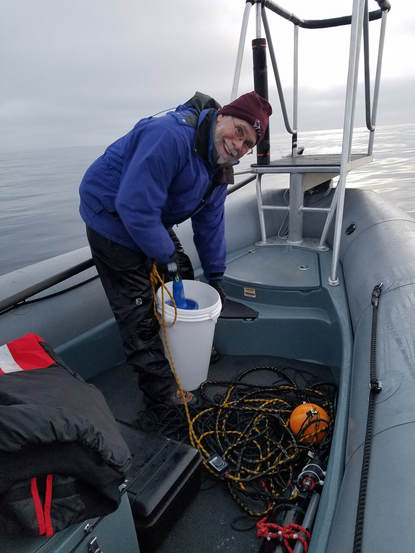 In addition, we deployed a drifting acoustic buoy in several locations on range in collaboration with Dr. Jay Barlow of Southwest Fisheries Science Center. We were fortunate to have him out with us for three of the days, as he was of tremendous help and also provided some luck. We deployed a tag on the first day he arrived (Thanks Jay!). He will be looking for beaked whale vocalizations in the form of clicks which commence on foraging dives (they use sound to echolocate on prey including squid and fish) and can derive a density estimate based on the number of individual animal clicks identified within that area. We will be back down on San Clemente Island in February to continue our research in support of several projects. MarEcoTel would like to thank Living Marine Resources, Naval Undersea Warfare Center, Southern California Offshore Range, San Clemente Island personnel, and Frank and Jane Falcone for support, assistance, and collaboration.
3 Comments
|
AuthorClick here to learn about our research staff. Archives
August 2022
Categories |
Proudly powered by Weebly
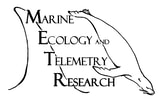
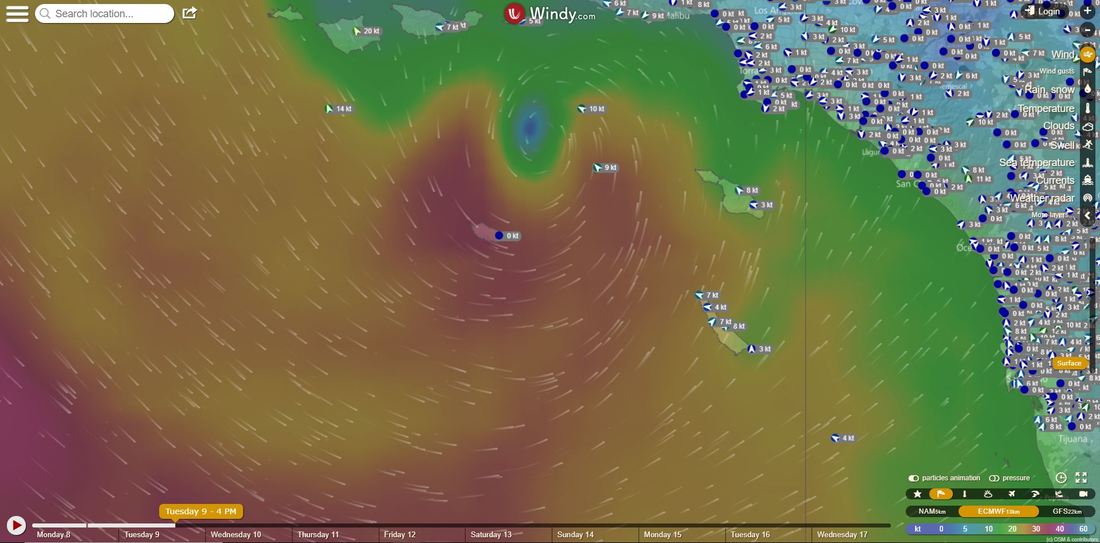
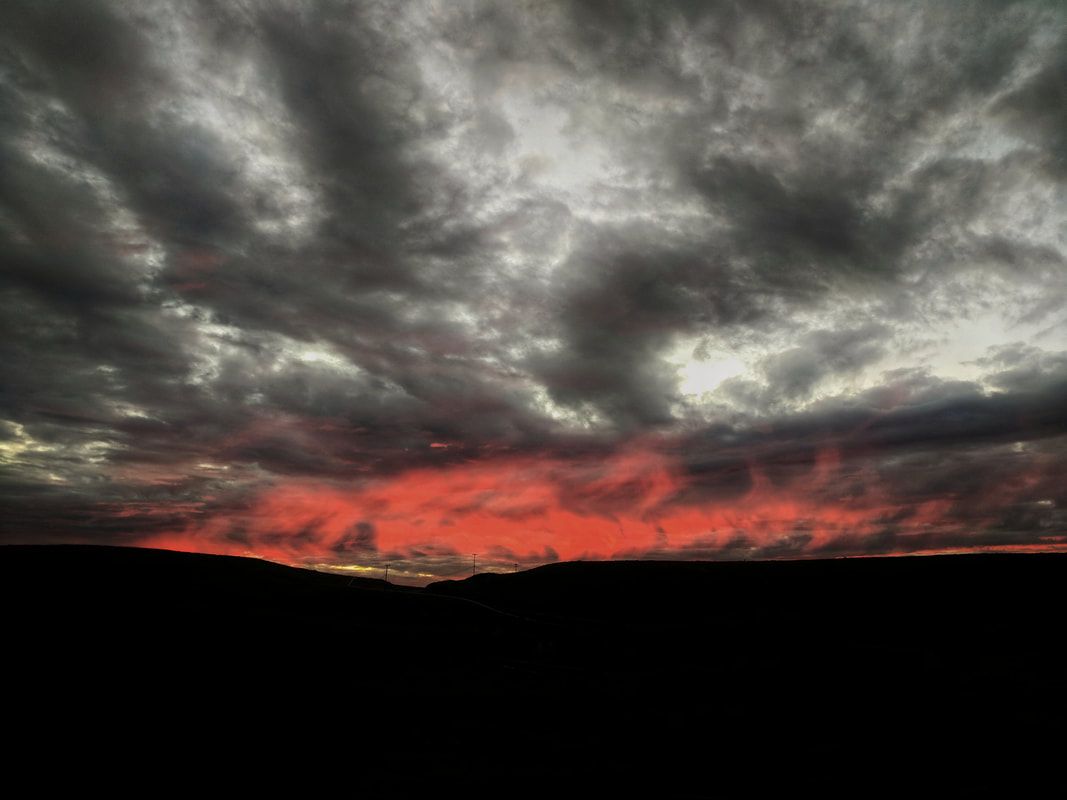
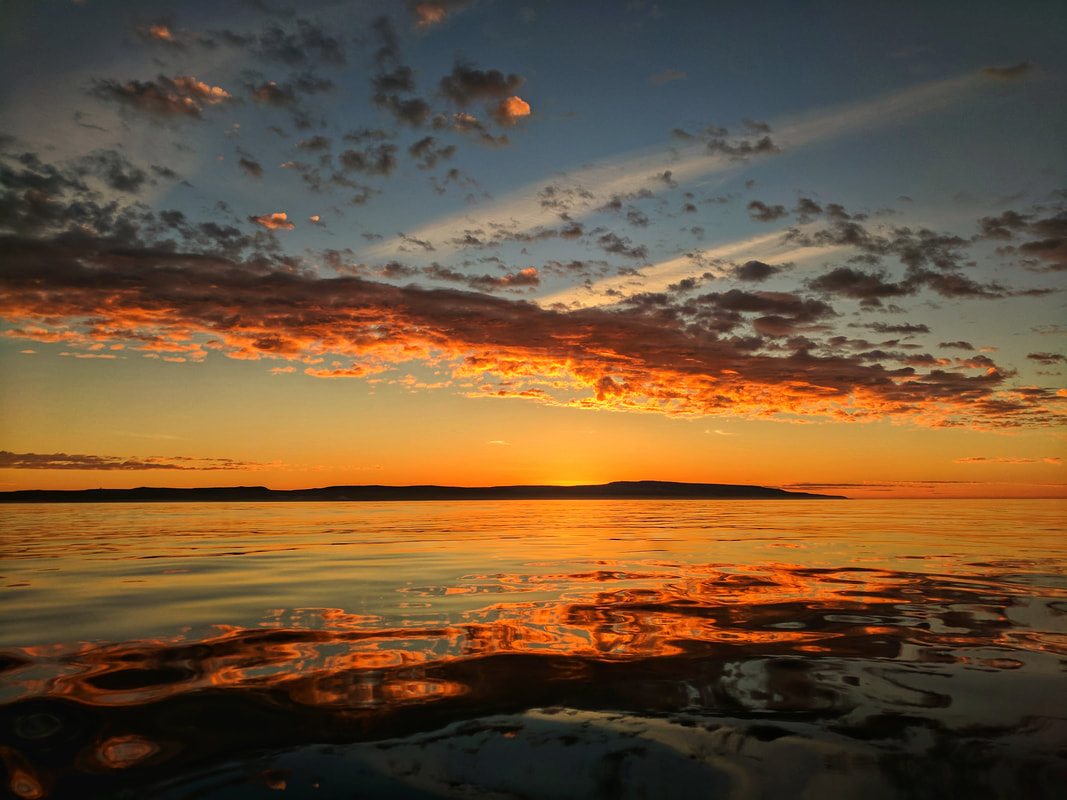
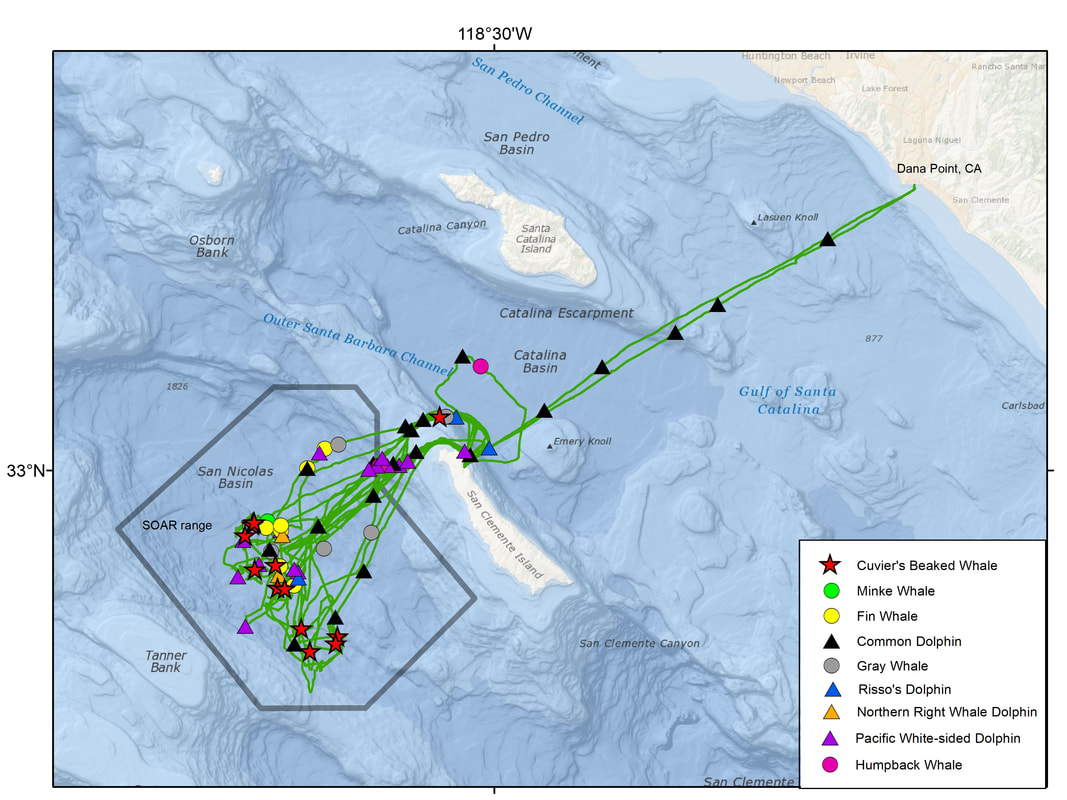
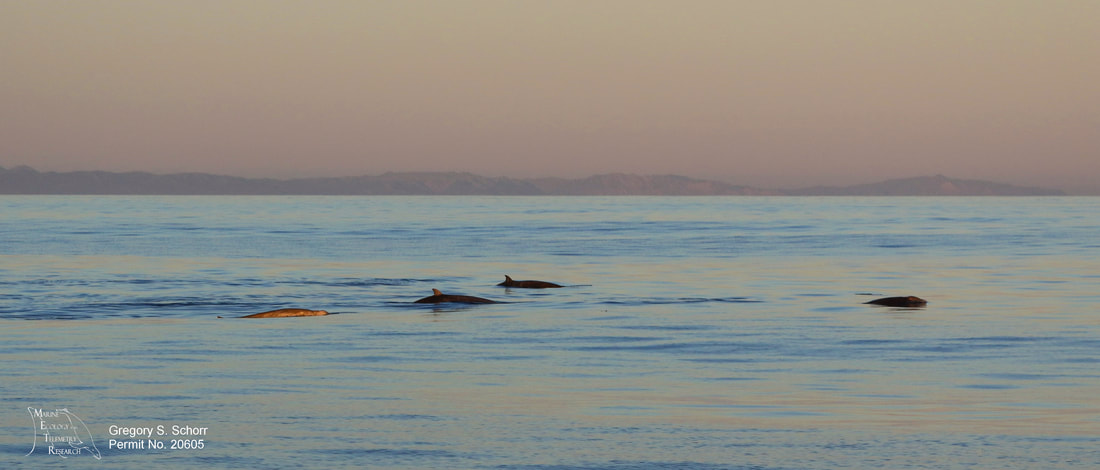
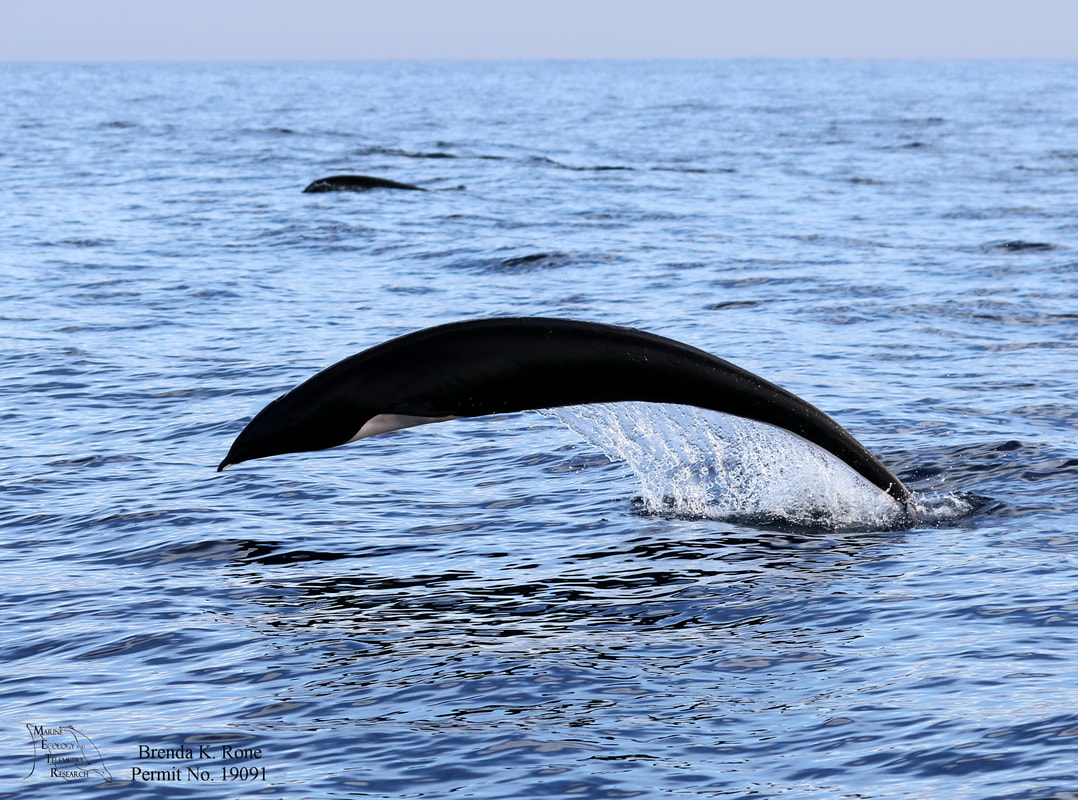
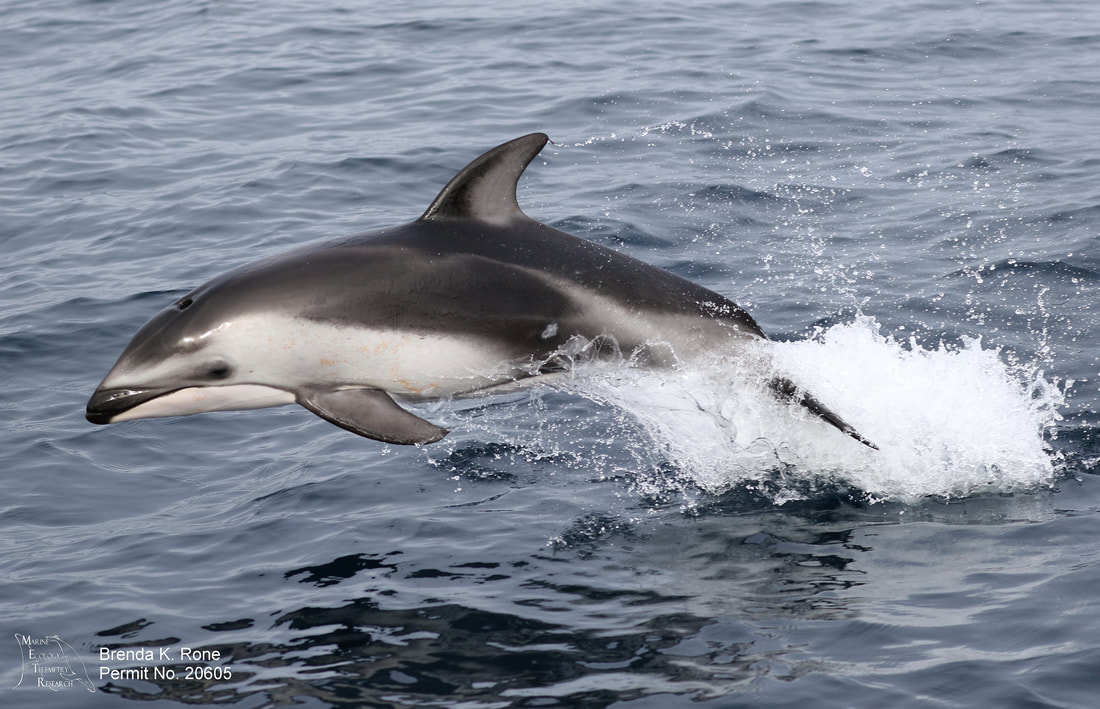
 RSS Feed
RSS Feed